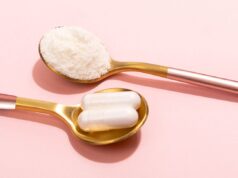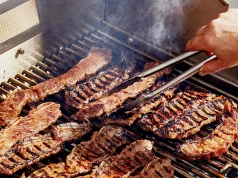
If you’ve ever attempted to make homemade pizza without much forethought, you’ve likely been disappointed by the results. Overcooked (or undercooked) crust, bland sauce, and uninspiring toppings are commonplace here. But the truth is, homemade pizza can be delicious – and even tastier than your favorite delivery option.
How do you accomplish this feat?
Get an Outdoor Pizza Oven
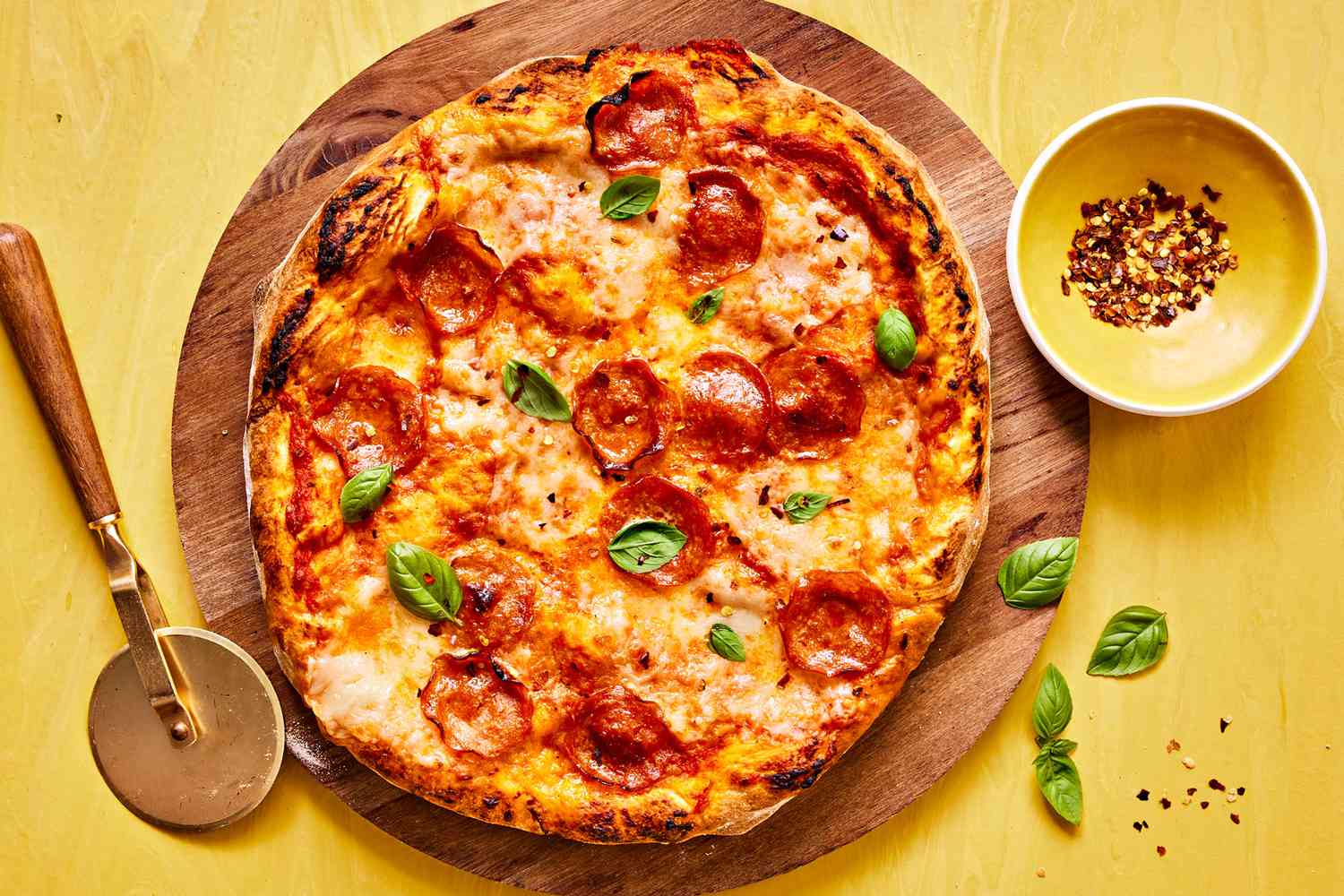
The best thing you can do is invest in an outdoor pizza oven. Many of the problems associated with making homemade pizza are attributable to problems with the cooking process. If you don’t cook the pizza at a high enough temperature, if it doesn’t cook evenly, or if you overcook it, it’s going to lead to a veritable disaster.
Getting an outdoor pizza oven isn’t going to magically make all these problems go away, but it is going to streamline the cooking process and give your pizza the high-temperature, fire-based treatment it deserves. Plus, you’ll get the opportunity to cook outside, which can turn into an event of its own. With some practice, you could become a pizza master in your own backyard.
Make the Dough From Scratch
You can buy premade dough at the store if you’re interested in skipping a few steps and avoiding the common pitfalls of making dough from scratch, but realistically, making pizza dough is much easier than most people think. It only requires a few ingredients and a bit of time, yet it can make your dough fresher, tastier, and more unique.
These are some additional tips that can help you elevate your dough game:
- Get it up to temp. When the dough is ready, get it up to room temperature before you attempt to cook it. Too many people start cooking the dough cold, resulting in an inconsistent cooking process and interference with the gluten in your product.
- Stretch rather than rolling. If you absolutely must roll your pizza dough, it probably isn’t going to ruin everything, but dough is better treated by gentle stretching. That’s why you see all the best pizza chefs stretching and tossing dough, rather than breaking out the rolling pin.
- Try both thin and thick versions. Is thick crust or thin crust better? This is a highly subjective and personal question. The only real solution is to experiment with both and see which one turns out better (to your taste buds).
Punch Up the Sauce (and Don’t Go Overboard)
You can start with a store-bought pizza sauce, but if you do, consider punching it up. A bit of extra garlic, some fresh herbs, and maybe some extra sugar or salt (depending on the existing composition) can give it more depth of flavor. That said, you shouldn’t go overboard; a sauce that’s too complex is only going to create problems for the finished product. Alternatively, you can always make a simple pizza sauce from scratch.
Forgo the Fresh Mozzarella
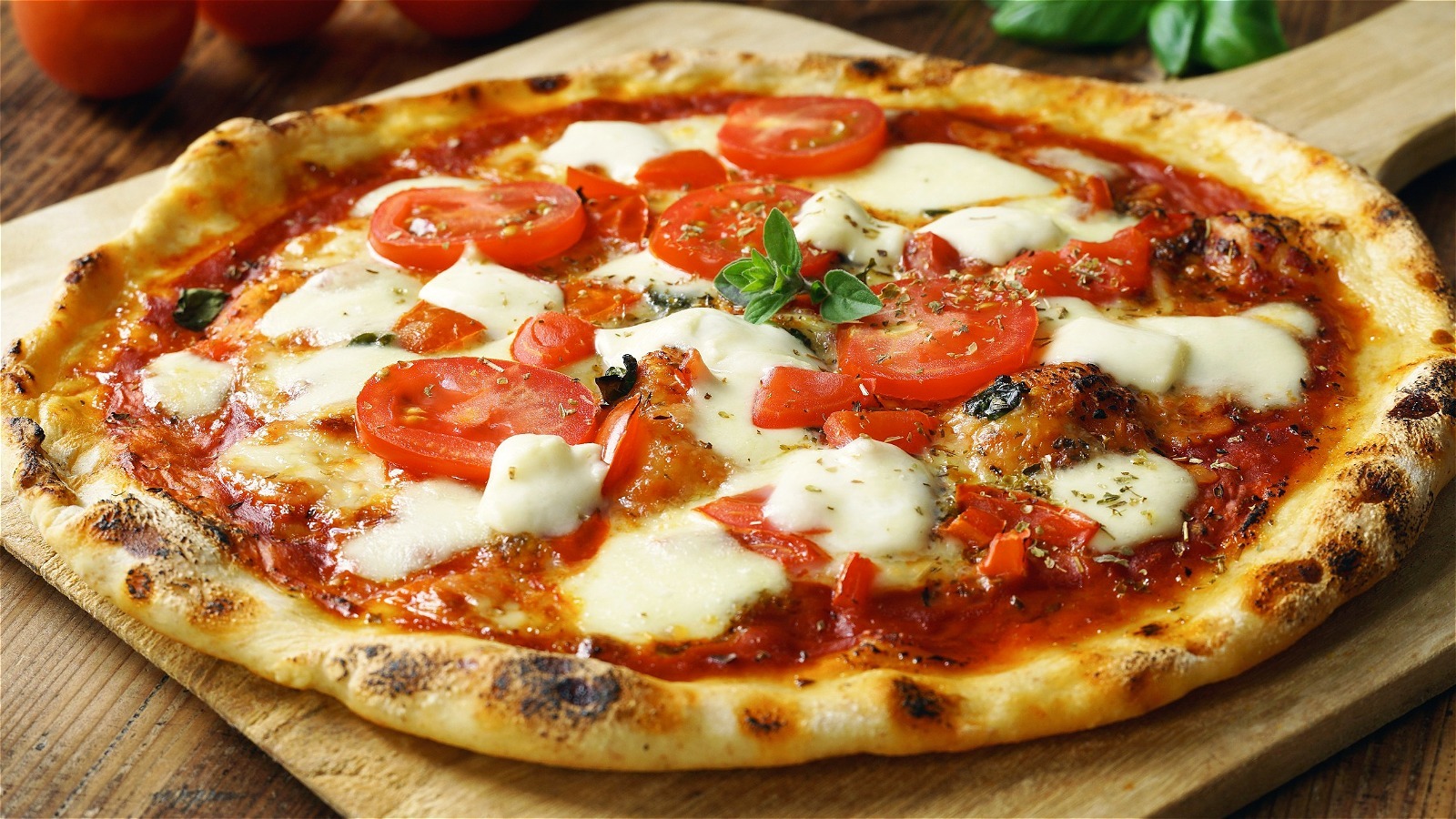
For the most authentic Italian experience, people gravitate toward fresh mozzarella, but cooking with this can be tricky; if you’re not careful, the fresh mozzarella can become watery, and you may not be able to cover the entire pizza in this delicious component. Part-skim mozzarella, whether sliced, diced, or grated, should work just fine for most applications. If you must use fresh mozzarella, slice it thin to mitigate potential issues.
Keep the Toppings Simple (to Start)
There’s no shortage of gimmicky, experimental pizzas that might sound good on paper – and occasionally taste good – but if you’re just getting started with homemade pizza making, you’re much better off keeping the toppings simple. Instead of trying to make a Hawaiian BBQ cheeseburger spicy kimchi monstrosity, just stick with cheese and pepperoni at the beginning.
Cook Your Toppings Separately
Many toppings taste much better if cooked separately before being added to the pizza. This helps you control the doneness, texture, and flavor of individual ingredients, making them a much more integral component of the finished pizza.
Butter the Crust
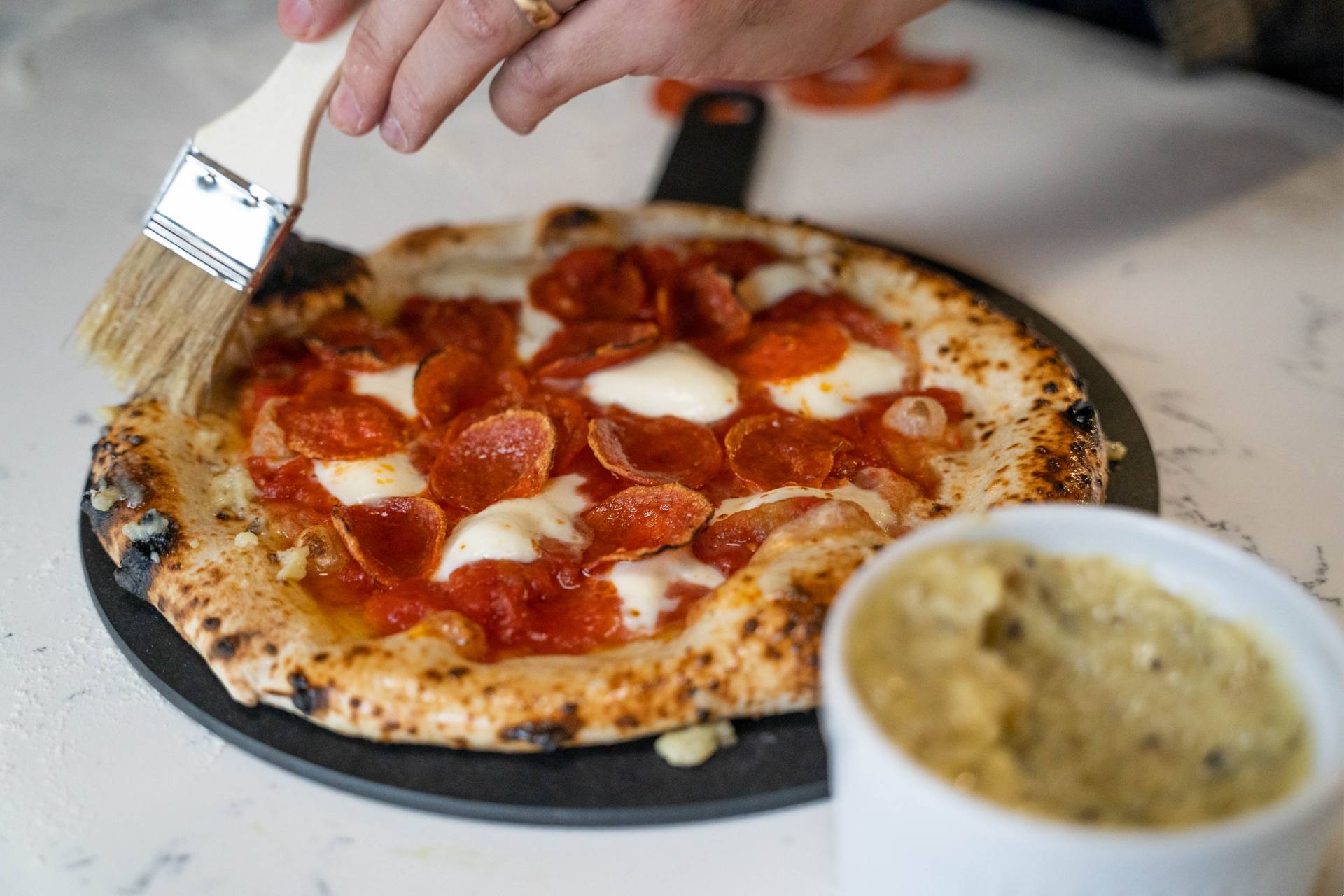
Enhancing the culinary experience of your homemade pizza begins with a simple yet transformative step: before placing the pizza in the oven, take a moment to delicately brush the crust with either garlic butter or olive oil. This swift and easy technique, requiring only a few seconds of your time, holds the potential to elevate both the visual appeal and taste of the crust, contributing to an overall more enjoyable dining experience.
Turn to Promote Even Cooking
When the pizza is in the oven, turn it regularly to promote even cooking. Too often, amateur pizza chefs use the “set and forget” approach, turning the pizza only once, if at all. This usually leads to inconsistent cooking, with some overcooked spots and some undercooked spots.
Top With Fresh Herbs
Generally speaking, fresh herbs are better than their dried components, at least for pizza-making purposes. But if you include fresh herbs on the pizza before or during the cooking process, it can dull the flavor. Instead, top the pizza with fresh herbs as it comes out of the oven.
Even with these tips, your first homemade pizza probably won’t be the best you’ve ever had. But if you’re willing to consistently hone your skills and improve your pizza artistry, you should at least be able to make pizza better than what you’d get at the cheapest and most popular pizza chains in the United States.
Once you master the fundamentals, start experimenting with bolder approaches – and find your own, unique pizza “style.” With sufficient mastery, you may even be able to open your own pizzeria someday.

